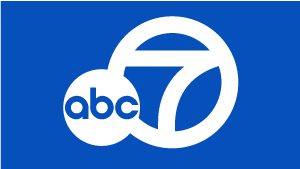Congressmen blast California's high-speed rail plan

SAN FRANCISCO (KGO) -- When the California High Speed Rail system is complete, passengers should be able to travel from San Francisco to Los Angeles in less than three hours for $83, but it may cost up to $100 billion to make that happen.
California Republican Rep. Doug LaMalfa said at a hearing in San Francisco Monday that proceeds from a state environment program that is supposed to help fund the project were far below expectations and private funding for the train had yet to materialize.
Most Bay Area commuters aren't shy with their opinions of the California High Speed Rail. "I'm always pro high speed rail because it takes cars off the freeway," San Mateo resident Frank Broz said.
"I think it's worth building, I'm just not sure how much revenue it will build up to cover the actual $64 billion," Palo Alto resident Joe Shim said.
According the chairman of the state, that's how much it will cost to connect San Francisco to Los Angeles. "If you buy a car today, it will have a sticker price, but if you finance it's going to be a different price over the life of the car, and what we're doing is, the $64 billion includes all of the inflationary affects," California High Speed Rail Chairperson Dan Richard said.
The Republican chair of this congressional field hearing raised concerns about the final price tag and offered a different range of costs. "Tax payers of California voted for Proposition 1A at a $33 billion level. We are now somewhere between a $68 and $100 billion level," Rep. Jeff Denham said.
There are already seven construction sites in California's Central Valley that are in progress.
One member of congress wondered if construction will stop since all the financing isn't in hand.
Bay Area congresswoman Zoe Lofgren replied to that concern. "When we built the interstate highway system, we didn't know how we were going to get the money to finish it, so if you wait until all the money is in hand, you never build anything," she said.
Members of the High Speed Rail Authority say the first leg of the route linking the Bay Area to the Central Valley should be open for business in nine years and that's anticipated to spur additional funding from private sources.
The plan is to offer high-speed rail service by 2025.
The Associated Press contributed to this story.









